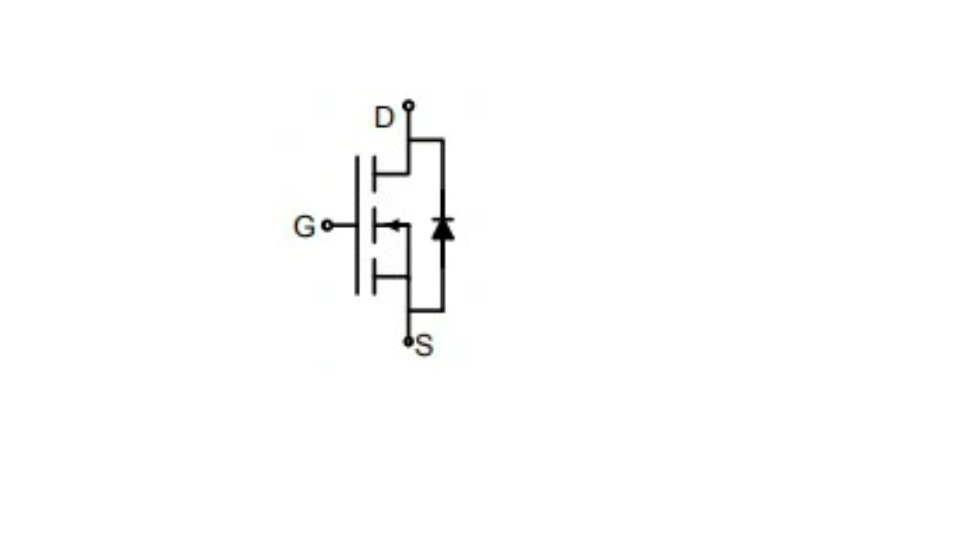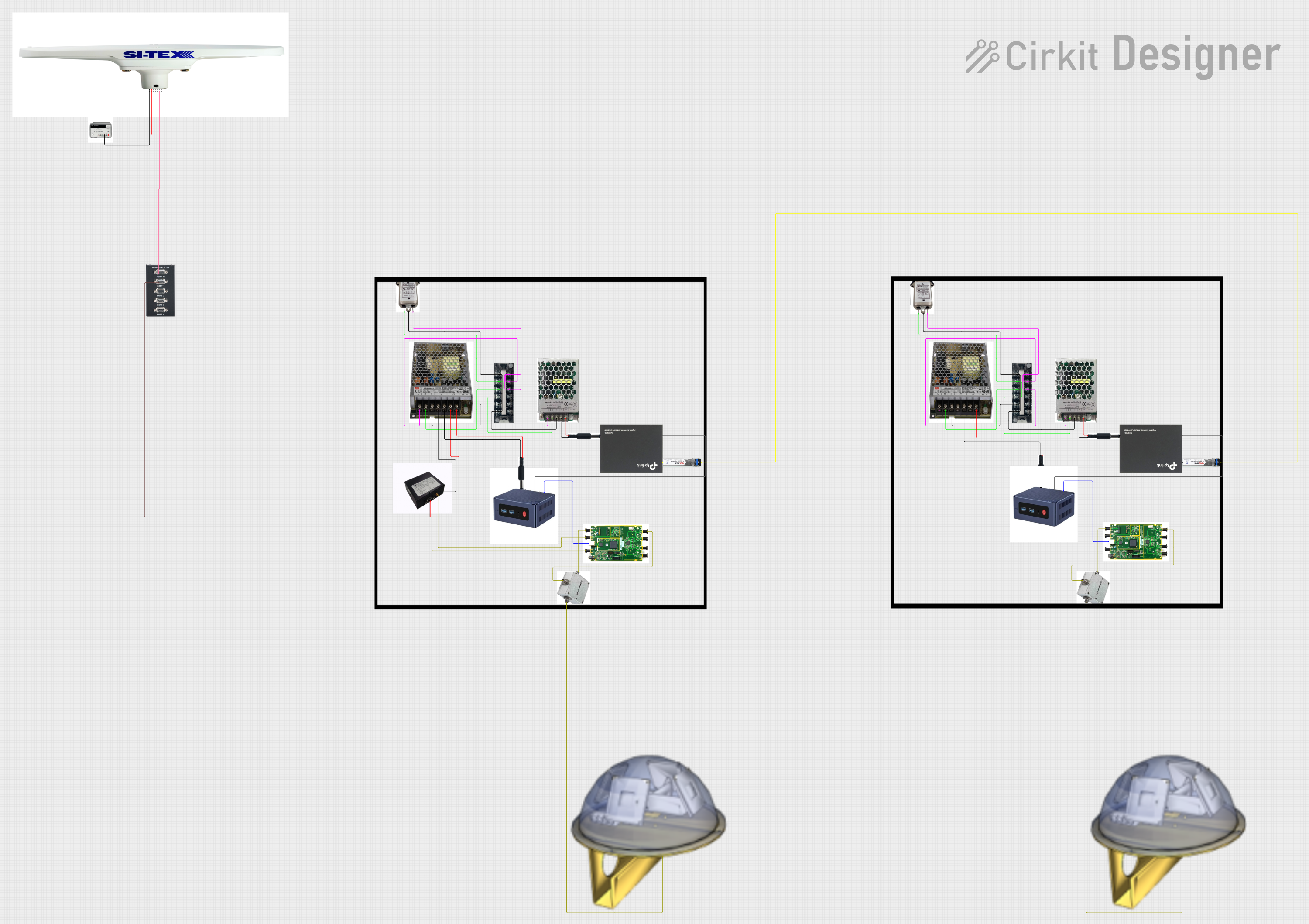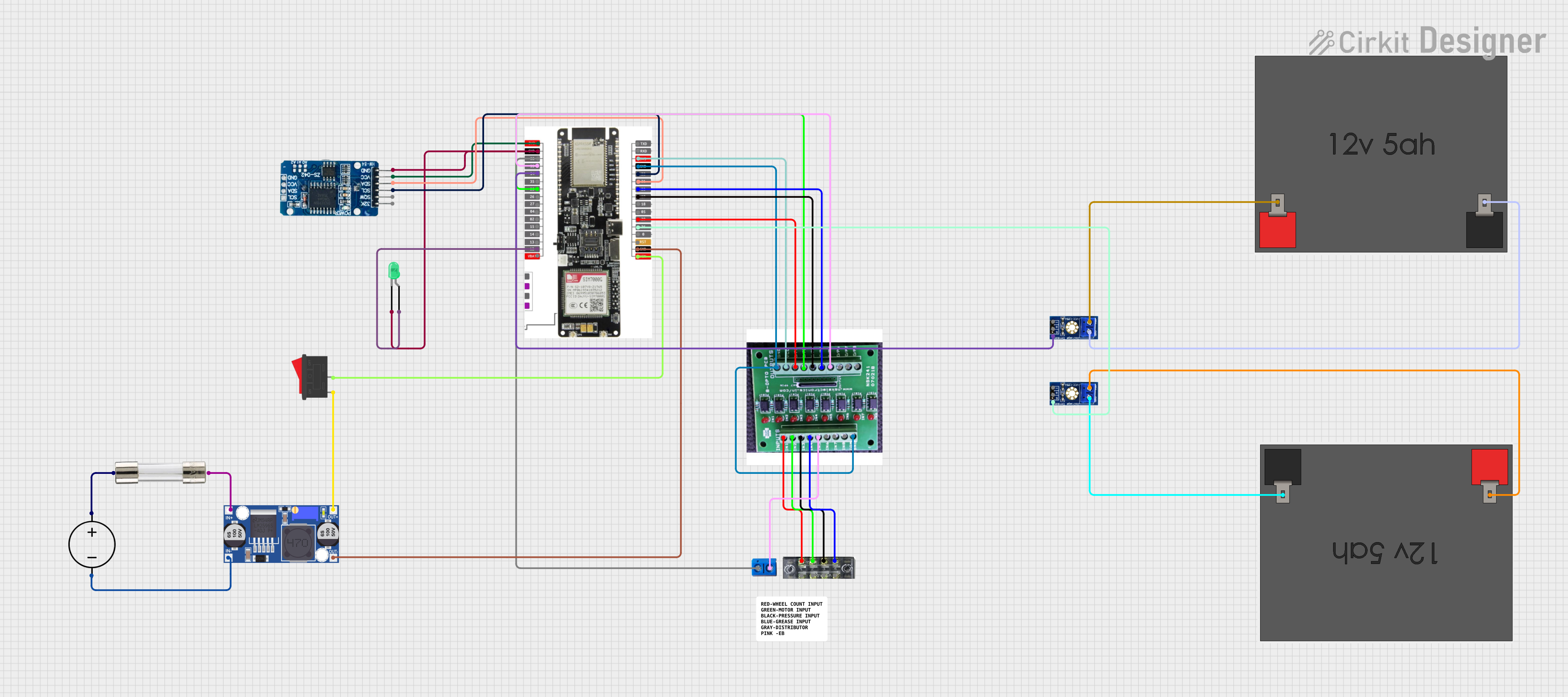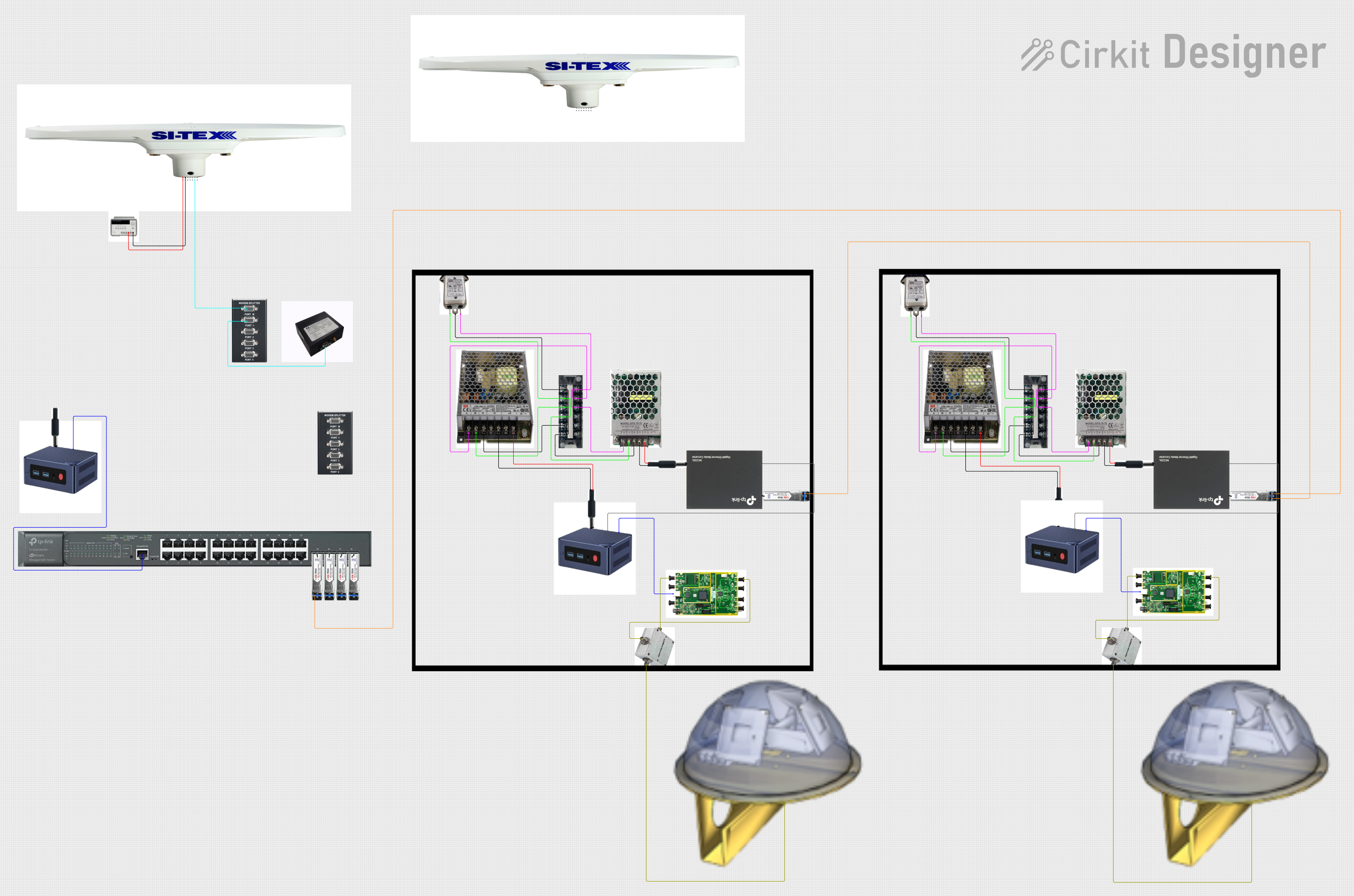
How to Use si2302: Examples, Pinouts, and Specs

 Design with si2302 in Cirkit Designer
Design with si2302 in Cirkit DesignerIntroduction
The SI2302 is a P-channel enhancement mode field-effect transistor (MOSFET) designed for high-speed switching applications. It is commonly used in power management tasks such as load switching, as well as in circuits requiring low on-resistance and high current handling capabilities. Its small form factor and low threshold voltage make it suitable for portable electronics, power management systems, and as a switch in various electronic projects, including those involving microcontrollers like the Arduino UNO.
Explore Projects Built with si2302

 Open Project in Cirkit Designer
Open Project in Cirkit Designer
 Open Project in Cirkit Designer
Open Project in Cirkit Designer
 Open Project in Cirkit Designer
Open Project in Cirkit Designer
 Open Project in Cirkit Designer
Open Project in Cirkit DesignerExplore Projects Built with si2302

 Open Project in Cirkit Designer
Open Project in Cirkit Designer
 Open Project in Cirkit Designer
Open Project in Cirkit Designer
 Open Project in Cirkit Designer
Open Project in Cirkit Designer
 Open Project in Cirkit Designer
Open Project in Cirkit DesignerTechnical Specifications
Key Features
- P-Channel MOSFET
- Drain-Source Voltage (V_DS): -20V
- Gate-Source Voltage (V_GS): ±8V
- Continuous Drain Current (I_D): -3.1A
- Power Dissipation (P_D): 1.25W
- Low on-resistance: 65mΩ at V_GS = -4.5V
- High-speed switching capability
- SOT-23 package for compact design
Pin Configuration
| Pin Number | Name | Description |
|---|---|---|
| 1 | G | Gate |
| 2 | S | Source |
| 3 | D | Drain |
Usage Instructions
Integration into a Circuit
To use the SI2302 in a circuit:
- Connect the source (S) to the higher potential side of the load.
- Connect the drain (D) to the lower potential side of the load.
- Apply a negative voltage to the gate (G) relative to the source to turn on the MOSFET.
Best Practices
- Ensure that the gate-source voltage (V_GS) does not exceed the ±8V limit to prevent damage.
- Use a current limiting resistor on the gate to protect the MOSFET from high inrush currents.
- Employ a pull-down resistor on the gate to ensure the MOSFET remains off when not actively driven.
- Consider heat sinking if operating near the maximum power dissipation limit.
Example Circuit with Arduino UNO
The following example demonstrates how to use the SI2302 to switch a high-power LED with an Arduino UNO.
// Define the Arduino pin connected to the gate of the SI2302
const int mosfetGatePin = 3;
void setup() {
// Set the MOSFET gate as an output
pinMode(mosfetGatePin, OUTPUT);
}
void loop() {
// Turn on the MOSFET by applying a LOW signal (negative voltage)
digitalWrite(mosfetGatePin, LOW);
delay(1000); // Keep the LED on for 1 second
// Turn off the MOSFET by applying a HIGH signal (removing negative voltage)
digitalWrite(mosfetGatePin, HIGH);
delay(1000); // Keep the LED off for 1 second
}
Note: In this example, the LED's anode is connected to the power supply, and the cathode is connected to the drain of the SI2302. The source of the SI2302 is connected to the ground.
Troubleshooting and FAQs
Common Issues
- MOSFET does not switch on: Ensure that the gate voltage is sufficiently negative relative to the source.
- MOSFET overheating: Check if the current through the device exceeds the rated specifications or if adequate heat sinking is required.
- Unexpected switching: Verify that there is no floating gate condition; a pull-down resistor may be necessary.
FAQs
Q: Can I use the SI2302 to switch AC loads? A: No, the SI2302 is designed for DC applications only.
Q: What is the maximum current the SI2302 can handle? A: The SI2302 can continuously conduct up to -3.1A.
Q: How can I improve the switching speed of the SI2302? A: Use a gate resistor with an appropriate value to balance switching speed and gate charge requirements.
Q: Is the SI2302 suitable for high-frequency applications? A: Yes, the SI2302 is designed for high-speed switching, making it suitable for high-frequency applications.
For further assistance or more detailed inquiries, please refer to the manufacturer's datasheet or contact technical support.